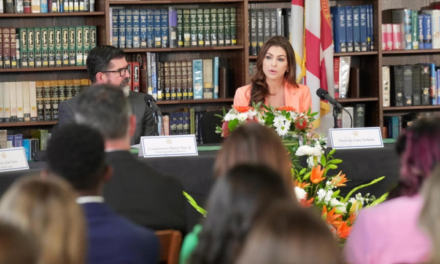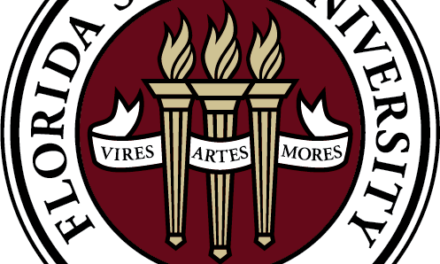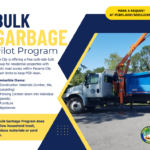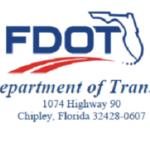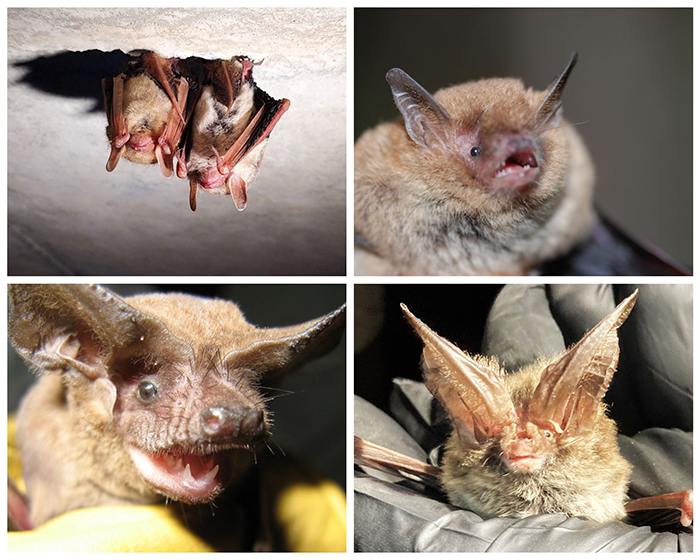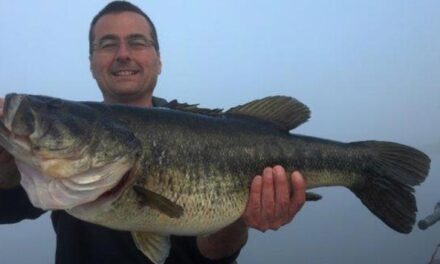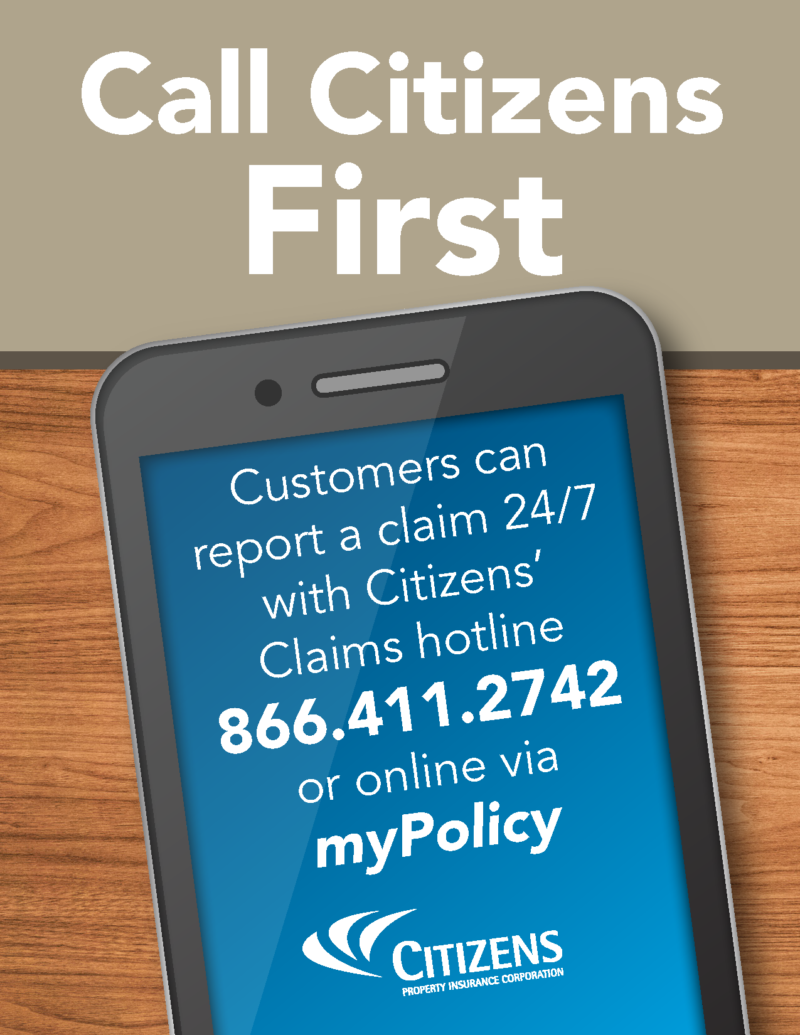
Prepare for Bat Maternity Season
Bat Maternity Season Coming in April
The Florida Fish and Wildlife Conservation Commission (FWC) is sharing the reminder that bat maternity season, the time when most of our state’s native and beneficial bats give birth and raise their young, starts on April 16. Now is the time for property owners to check homes and other buildings for roosting bats before bat maternity season begins.
Florida’s 13 bat species typically roost in trees, caves or other natural spaces, but are sometimes attracted to human-made structures. Buildings undergoing major construction can also provide greater access to bats. During bat maternity season, it is illegal to block bats from their roosts to prevent flightless young from being trapped inside structures, which isn’t good for people or bats.
The most effective and only legal method to remove roosting bats from structures is the use of exclusion devices, which allow bats to safely exit a structure but block them from returning to their roosts. It is only legal to use exclusion devices from Aug. 15 until April 15, outside of the maternity season. Permits are required to use exclusion devices outside of those dates.
It is illegal in Florida to kill or harm bats, so exclusion guidelines were developed to ensure bats are removed safely and effectively from buildings outside of maternity season. Bat exclusion is a multi-step process that begins by identifying all potential bat entry and exit points in a building. To legally exclude bats, exclusion devices must be installed on key exit points, left up for a minimum of four nights and the exclusion must be conducted when the overnight temperature is forecast to be 50ºF or above.
Bats are highly beneficial, both ecologically and economically. Florida’s bats are insectivores, with a single bat eating up to hundreds of insects a night, including mosquitoes and other garden and agricultural pests. Worldwide, bats serve critical functions due to their roles in insect pest control, and as pollinators and seed dispersers, and their guano can be a valuable fertilizer.
Florida’s native bat populations include endangered species including the Florida bonneted bat. Want to help our bats? There are several ways that Florida residents and visitors can support bat conservation:
- Preserve natural roost sites, including trees with cavities or peeling bark.
- Leave dead fronds on palm trees to provide roosting spots for bats.
- Install a bat house on your property.
- Report unusual bat behavior, as well as sick or dead bats: MyFWC.com/BatMortality.
For more information about how to properly exclude bats as well as other tips to bat-proof your home, visit MyFWC.com/Bats and click “Bats in Buildings.” If you have questions or need more assistance, contact your closest FWC Regional Office to speak with a wildlife assistance biologist. Learn more about bats in Florida and ways you can help them thrive by visiting MyFWC.com/Bats.
Angela Small
Radio Production Assistant

